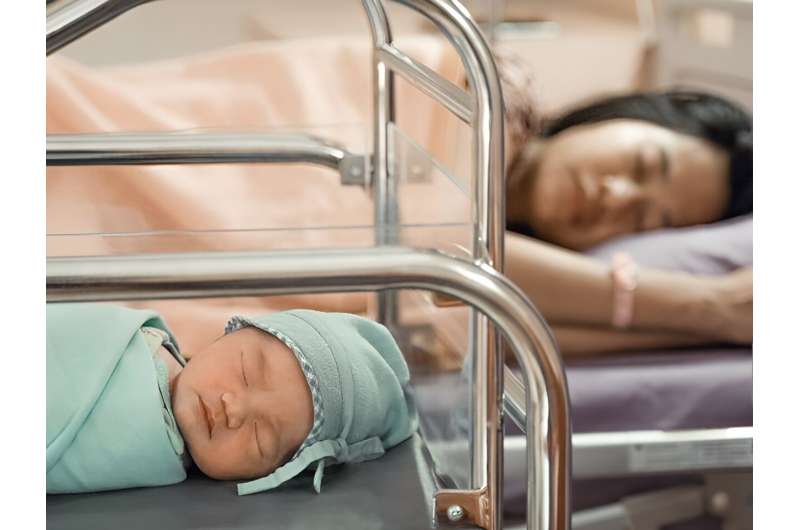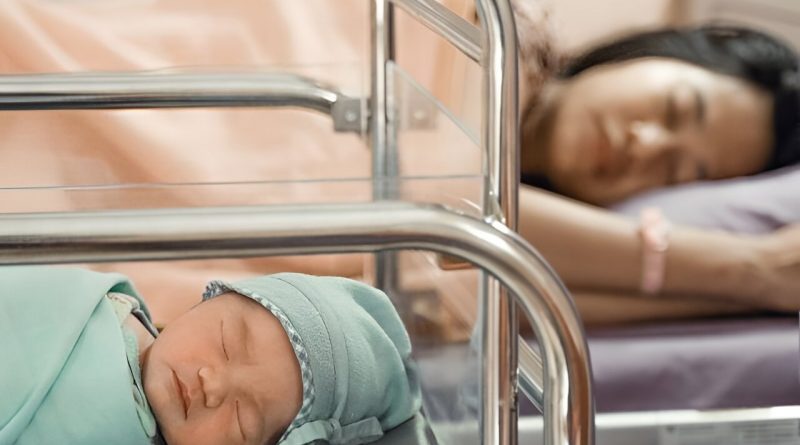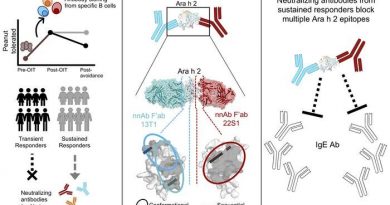Use of high-frequency electrical stimulation device after C-section associated with reduced opioid use

Use of a high-frequency electrical stimulation device after cesarean delivery is associated with reduced opioid use, according to a study published online Oct. 20 in JAMA Network Open.
Jennifer L. Grasch, M.D., from The Ohio State University Wexner Medical Center in Columbus, and colleagues conducted a randomized clinical trial from April 18, 2022, to Jan. 31, 2023, in the labor and delivery unit at a single tertiary academic medical center. Individuals with a singleton or twin delivery who underwent cesarean delivery were eligible for the study; 134 were included.
Participants were randomly assigned to a high-frequency (20,000 Hz) electrical stimulation device group or to an identical-appearing sham device group in a 1:1 ratio (67 participants in each group) and received three applications at the incision site.
The researchers found that compared with individuals in the sham device group, those assigned to the functional device used significantly less opioid medication prior to discharge (median, 19.75 versus 37.50 morphine milligram equivalents [MME]) and they reported similar rates of moderate-to-severe pain and mean pain scores.
Fewer MME were prescribed at discharge for participants in the functional device group (median, 82.50 versus 90.00). In addition, compared with the sham group, those in the functional device group were more likely to be discharged without an opioid prescription (25 versus 10 percent; relative risk, 1.58). Neither group reported any treatment-related adverse events.
“Future studies focused on integrating device use into routine care and in other settings are needed to confirm the feasibility and generalizability of these findings,” the authors write.
One author disclosed ties to the health care industry; the study was funded by TrueRelief.
More information:
Jennifer L. Grasch et al, Noninvasive Bioelectronic Treatment of Postcesarean Pain, JAMA Network Open (2023). DOI: 10.1001/jamanetworkopen.2023.38188
Journal information:
JAMA Network Open
Source: Read Full Article



